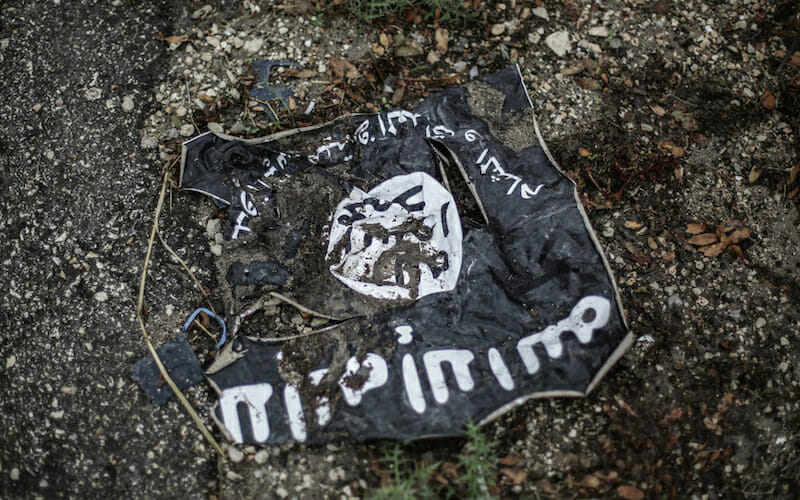
With U.S. Eyes on ISIS, Al Qaeda Looks to Idlib
Few people would be able to locate Idlib Province on a map –a pocket of land in northwest Syria roughly the size of Delaware. This small province on the border of Turkey attracts little notice, but it is there that a cancer is growing. From its base in Idlib Province, Al Qaeda’s Syrian affiliate- Hay’at Tahrir al Sham- is positioning itself to lead the global jihad.
U.S. policy, focused on the defeat of ISIS, has ignored the growing threat of Al Qaeda’s affiliate in Syria, allowing it to establish territorial control and, most importantly, win widespread popular support in Northern Syria. Hay’at Tahrir al Sham is a rational and patient terrorist organization. It presents a greater long-term threat than ISIS. The U.S. should focus on the long game – the elimination of Hay’at Tahrir al Sham.
Hay’at Tahrir al Sham’s consolidation of power in Idlib Province is alarming. The group seized the province from moderate rebel forces and is establishing a base of power for Al Qaeda. Hay’at Tahrir al Sham using soft tactics of social control—such as mediation to resolve local grievances to win support from the local population. The group also recently established a government in Idlib that provides services including water, electricity, and higher education. The local population sees Hay’at Tahrir al Sham as a credible source of authority and governance in a province that has been plagued by six years of violence. Hay’at Tahrir al Sham is establishing a base for global operations, indoctrinating a generation of youth, and preparing to wage attacks against the United States.
The U.S. provides training, weapons, and support to the Kurdish-majority Syrian Democratic Forces (SDF) in fighting ISIS in Eastern Syria. It should now direct a portion of the SDF’s efforts away from the fight against ISIS and towards combating Hay’at Tahrir al Sham in Idlib Province. The U.S. should also provide humanitarian assistance to civilians in Idlib Province to counter allegiances to the extremist group. Combining military support to local forces with a humanitarian assistance campaign would:
Effectively eliminate Al Qaeda’s Syrian affiliate: Providing training and assistance to local forces in the fight against Hay’at Tahrir al Sham will achieve the necessary outcome without engaging U.S. troops on the ground, or increasing the overall U.S. footprint in Syria.
Mitigate Civilian Casualties: If the U.S. remains idle in the fight against Hay’at Tahrir al Sham, the Syrian-Russo-Iranian coalition will use scourge-the earth tactics that will kill many civilians and radicalize those who remain. A U.S.-backed fight against Hay’at Tahrir al Sham will mitigate civilian casualties and reduce the risk of future radicalization of the local population.
Target extremist ideology: Incorporating a humanitarian assistance campaign to Idlib Province targets the core of radical ideology. Increasing available humanitarian resources and effective governance decreases the likelihood of radicalization in the future.
Some argue Al Qaeda is a relic of the past; radicals today want the flash and fame that ISIS offers. But flash and fame is ISIS’ weakness. Al Qaeda, on the other hand, is patient and uses effective techniques to win widespread support among local populations. Al Qaeda is the greater danger.
The United States must heed Hay’at Tahrir al Sham’s rise in Syria. In the fight against ISIS, the U.S. must not abandon its efforts against Al Qaeda. U.S. counterterrorism policy must retreat from its preoccupation with short-term goals of territorial defeat of ISIS, but look to longer term threats of the more cautious Hay’at Tahrir al Sham. We need to play the long game against terrorism to keep the United States safe and secure.

